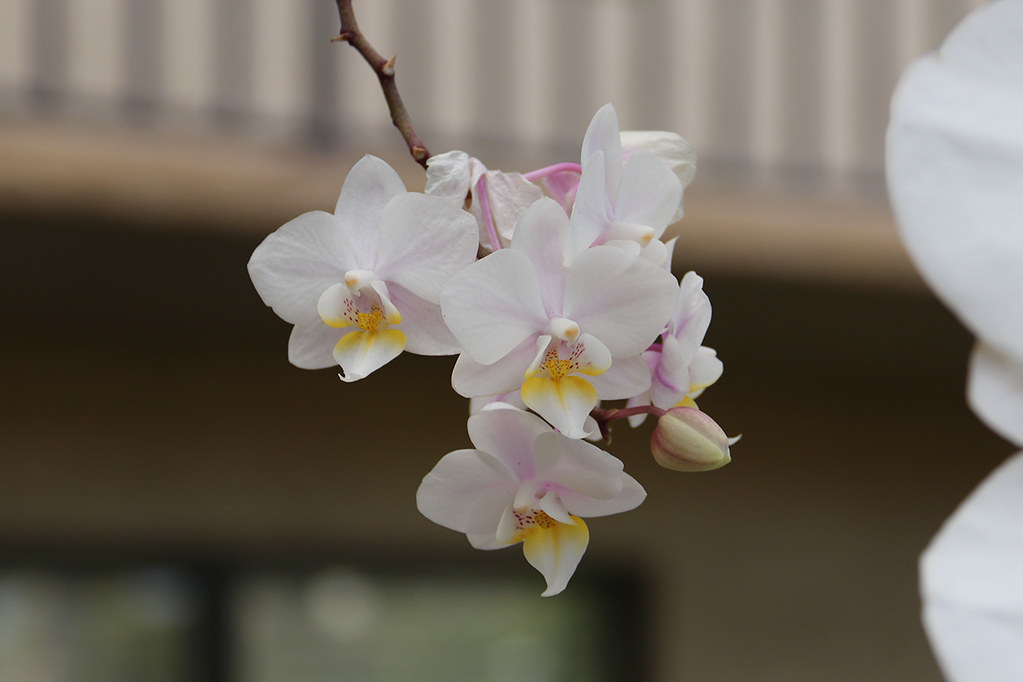Tactics For Watering Orchids
One of the oldest known plants still available today, the orchid has been present for millennia. These beautiful plants have thrived since the era of dinosaurs, and it still survives in the wild around the world.
Orchids tend to be a tropical plant, growing primarily in the rain forest and areas of Asia and Africa, however there are species found in locations much farther north.
With over 25.000 species of orchid, the flowers are diverse and each is slightly different. The beautiful flowers have captured the imagination and passion of gardeners around the world.
Growing orchids in non-native environments can be difficult, and watering orchids properly becomes especially important in these locations. Some species especially require that gardeners come up with unique methods of watering orchids.

Techniques For Watering Orchids
The first thing that must be kept in mind when watering orchids at home is that the plants need to be watered on a similar schedule and level as what they find in their natural environment.
When purchasing a new orchid, make sure to talk to a specialist or research online to find out exactly how the plant will thrive best. However, watering orchids on such a precise schedule can be difficult with our busy lives and the unpredictability of the natural habitats.
Watering orchids, especially the tropical species, requires some attention to detail and particularity of technique. When watering orchids, it must be done at a level that allows the plant to consume all of the water provided to it. By observing the standard habitat, researchers have determined the best options for most species.
While it is important that watering orchids provides them with enough water to survive, it is also important that gardeners take care to not give too much water to their plants. By having too moist of an environment, it is possible that the roots of the plant may rot and it will never reach its full potential.
Whatever technique for watering orchids you choose, it should focus on measuring the amount of water taken in. Changes in weather and temperature will change how much water a plant can absorb. If possible, try to maintain a consistent temperature where you are growing your orchids.
If you choose the right plants for your environment, it may not be necessary to be as strict with the schedule for watering orchids. If you do not reside in a tropical area then you may want to choose a plant native to a more northern area, such as Great Britain. Many of these species require less attention than their tropical counterparts.

For many years, gardeners have created a schedule for watering orchids that is necessary for them to survive. By paying attention to the weather, the plants can thrive in environments not naturally suited to them. Since many orchids will grow well inside the home, it will be a simpler task to water them on the schedule they need.
Consider talking to an expert before purchasing orchids. They may be able to guide you to the species that is right for your environment and the time you have for watering orchids.